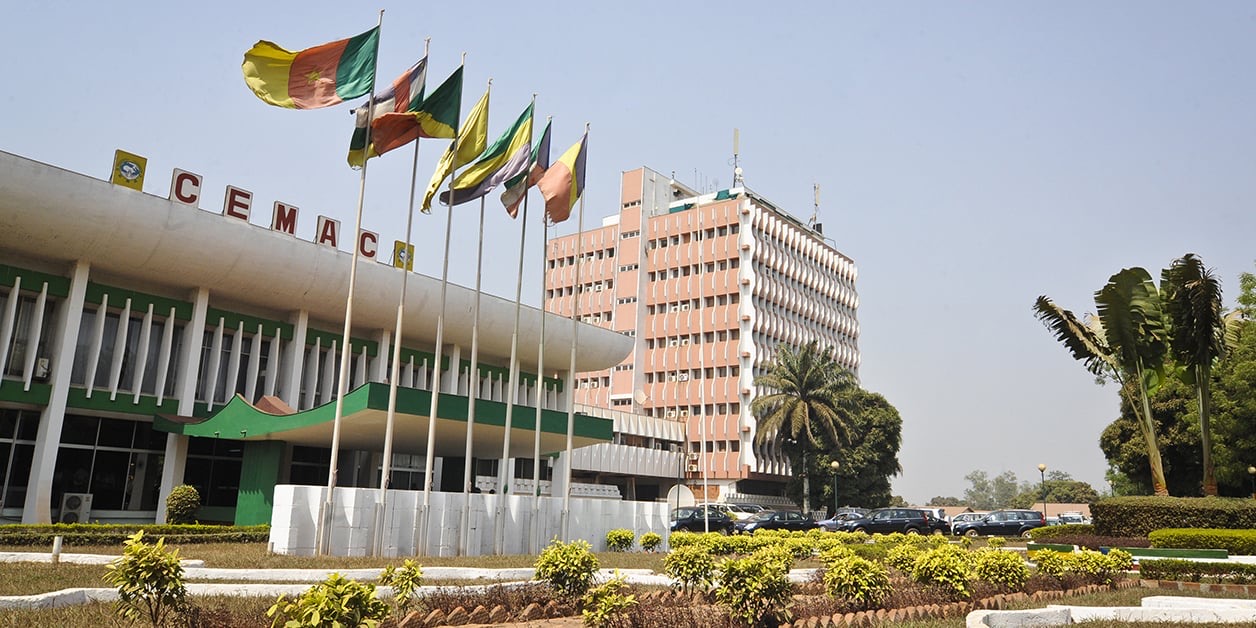The year 2024 has come to a close in the Economic and Monetary Community of Central Africa (CEMAC) zone, which proved to be a difficult year for the region’s leaders. As 2025 approaches, it brings with it significant challenges for the people of CEMAC.
CEMAC Summit
An extraordinary summit was held in Yaoundé on 16 December, 2024, at the request of the main donors of the CEMAC zone. The summit not only raised concerns about the overall deterioration of the region’s public finances, but also highlighted the growing debt crisis that has become unsustainable for some member states. This poses serious risks to the economies of the entire region.
The final communiqué issued after the summit adhered to the resolutions agreed upon by the CEMAC member countries and the recommendations from the donors. However, it did not provide specific details on how these decisions would be implemented in the daily lives of the six member states. Despite this, the fact that the summit was convened and the tone of the opening speech—delivered by Cameroonian President Paul Biya—suggested a sense of urgency and concern. It is clear that in 2025, the countries in the zone will be faced with significant challenges, as the stakes are high.
To avoid a severe financial and economic crisis, it will likely be necessary to reduce public spending and consider increasing taxes to ensure that debt obligations are met. Some member states have already exceeded the sustainable debt threshold. However, the question remains: to what extent will public spending need to be cut, and which areas of the budget will be affected? This issue has not been answered yet, but any such cuts are likely to have social consequences, particularly in terms of people’s purchasing power and the performance of businesses.
Aligning with the AfCFTA
The third major challenge for CEMAC in 2025 will be aligning its operations with the African Continental Free Trade Area (AfCFTA) and ensuring it fully capitalizes on the opportunities it presents. However, given CEMAC’s current state, it is uncertain how the region will overcome these challenges. The zone must urgently address a number of issues that have long been part of its roadmap but have largely remained unaddressed since their adoption by the member states.
As paradoxical as it may seem, the CEMAC zone remains the least integrated region in Africa. For example, while the community passport has existed since 2017, the free movement of people across member states is still inconsistent, often hindered by corrupt practices among customs officers or even security forces at border posts.
Furthermore, CEMAC’s 13 second-generation integration projects must be prioritized and brought to life. The integration gap in the CEMAC zone extends beyond the free movement of people. Unlike other African regions, such as West Africa, the region suffers from a substantial infrastructure deficit, which is critical for connecting the member states, fostering a sense of community, and boosting the movement and exchange of goods and services. One of the most urgent integration projects is the improvement of electricity access. In many CEMAC countries, access to electricity is still a luxury. This issue affects both households and businesses, as the lack of reliable electricity reduces the attractiveness of the region’s economies, hampers the productivity of local businesses, and stifles wealth and job creation.
It is hoped that in 2025, the Cross-Border Electrification Program (PPET) will see significant progress. However, CEMAC will not be able to meet these challenges unless there is real coordination in economic and financial policies among the member states. Additionally, the region’s leaders must find a solution to the longstanding issue of leadership within the zone.

